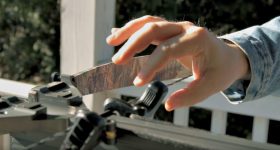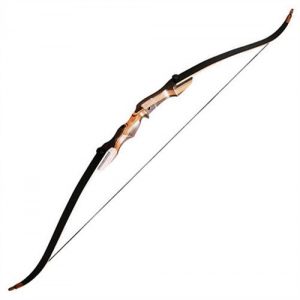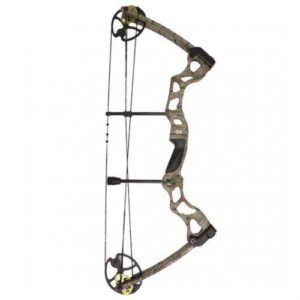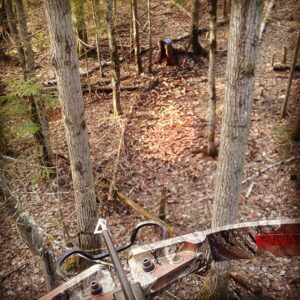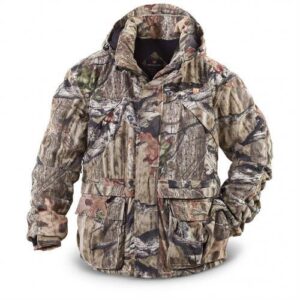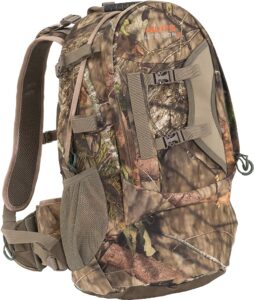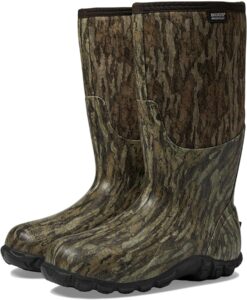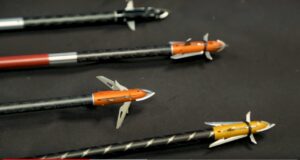If you are to make the most of your crossbow, you are to ensure that the weapon is taken care of diligently and well. A well-maintained crossbow ensures consistency in shooting accuracy and a long life for all its vital components. To keep your crossbow in tiptop shape, these are what you must do.
If you are just starting out with crossbows and you are looking to buy your first rig check our guide: Best Crossbow For The Money – 2018 Crossbow Reviews
Wax the string and cables regularly.
The string and cables need to be waxed well to prevent fraying or drying out due to weather conditions and wearing. It is for this reason that many crossbow kits ship with a tube of wax for waxing those components of a compound crossbow. The proper way to wax the string and cables is to pass the wax onto the length of the components while avoiding the area at the rear of the arrow rail to prevent gumming up the trigger box. Use your fingertips to make sure the wax gets rubbed in really well into the cables and string. When the wax is rubbed in, heat is generated to melt the substance and ensure that it sticks longer to the components. Check out the manufacturer’s instructions on the frequency of waxing for the cable and strings to ensure you follow them to the letter.
Lubricate the rail to ensure optimal accuracy and consistent performance.
Friction is minimized during the firing of your crossbow if you make sure to lubricate the rail regularly. On the other hand, it is also important not to over lubricate the rail. Under normal conditions, you can lube the rail every 75 to 100 shots. Use just two drops of the lubricating agent, since applying too much can cause excessive wear on the center serving of the string and can also make the ACUdraw felt pad to get detached. Use an oil-based lubricant that should be rubbed along the entire length of the rail. It is not a good idea to use petroleum-based or vaseline-like substances for this purpose, since they are potential causes of problems.
If the crossbow gets wet, make sure to lubricate the rail. First dry it thoroughly and then reapply a fresh coat of lubricating substance. A thin glaze of dry lube will form one hour after application. Do add a drop or two of lubricant to the trigger box as well, aside from lubricating the visible mounting bolts to keep out corrosion and ensure protection against the elements.
Carefully inspect your equipment before every use.
This reminder not only serves for crossbow maintenance but your safety as well. Any signs of wear should be looked into, including loose bolts, twisted or cracked limbs, bent or splintering in the arrow shafts, signs of visible wear on the bowstring, or separation on the serving. The tightness of the crossbow bolts or arrows should be thoroughly checked after every 50 to 100 projectiles fired. Use a proper hex key or screwdriver for this purpose. Replace the string when you see visible signs of separation or breaking. Your string will be able to deliver from 200 to 1000 arrows fired if it is regularly waxed. Always keep a spare string during any hunting trip.
Make sure to use wipes to clean off dirt from the scope lens, thus avoiding smears or scratches from forming.
This should be done promptly when particles block your sight or there are smudges on the lens. Any collected dirt or dust on any part of the components should be cleaned off diligently as well. The best way to achieve this is to use a can of compressed air on the grooves, connection points and nooks of the crossbow, taking a good two or three minutes to do the cleaning properly. Make sure to do these steps thoroughly after each hunting trip and before applying lubricant.
Store the crossbow in a proper case.
The protective case will also ensure that the weapon is shielded against possible damage while making it easy to transport the weapon as well. The case ensures that the weapon is protected against impact during transport. Make sure everything you attached yourself is not loose in any way. The wheels and axles of a compound bow should turn as smoothly as possible to ensure shooting accuracy. The limbs or riser should not move separately from the crossbow stock. Give the component a wiggle to ensure this.
